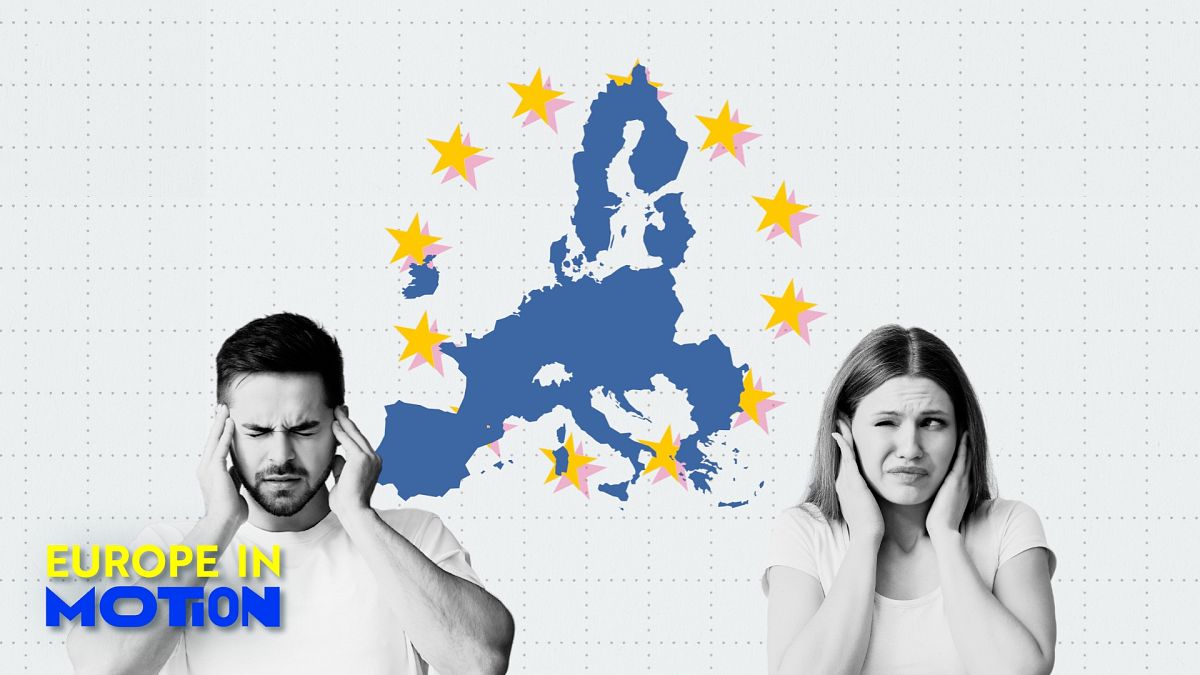More than 20% of EU citizens live in areas where traffic noise levels harm health. The European Court of Auditors claims lawmakers and local authorities are failing to take the issue as seriously as air pollution.
Over one out of five Europeans are exposed to harmful long-term noise from road, rail and air transport.
Living in an area affected by transport noise is associated with an increased risk of developing a wide range of health issues, including cardiovascular, metabolic and mental health diseases.
According to the European Environment Agency (EEA), early life exposure to transport noise impacts children’s reading ability and behaviour.
Approximately 14 million children between the ages of 6 and 17 in Europe (including Iceland, Norway and Switzerland) are exposed to average transport noise levels of 55 dB or higher.
In Europe, nearly 550,000 cases of reading ability impairment each year are attributed to environmental transport noise.
More than 80% of these cases result from road traffic noise, followed by 15% from rail traffic and about 1% from air transport.
Almost 60,000 cases of behavioural difficulties annually are also due to environmental transport noise in Europe, where about 86% of cases are due to road traffic noise.
The EEA has introduced measures to create quiet areas around schools, use noise-reduction technologies in transportation infrastructure, and install insulation and acoustic treatment in schools and homes.
EU noise has been overlooked
The World Health Organisation guidelines for community noise recommend that noise levels in school playgrounds should not exceed 55 dB, while indoor classroom noise levels should not go over 35 dB.
Few policy measures are in place at the European level to limit children’s exposure to noise from transportation.
The European Commission has set an indicative goal of reducing the number of EU citizens chronically disturbed by transport noise by 30% before the end of the decade.
However, its estimates suggest that a reduction of only 19% is more likely.
“Unlike with air quality, there are no EU-wide noise reduction targets,” said Klaus-Heiner Lehne, ECA member and former president, adding that this “discourages member states from prioritising actions to reduce noise pollution.”
Video editor • Mert Can Yilmaz
Read the full article here















